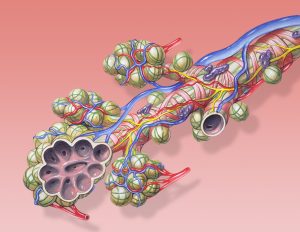Have you ever heard having approximately 1-2 ounces of dark chocolate every day is good for our health? Several studies announced that dark chocolate helps to keep our blood vessels healthy. But, do you have any ideas of what makes dark chocolate be beneficial? Compared to white or milk chocolate, dark chocolate is made of higher contents of cocoa solid in the range of 50 to 90% where the cocoa is known for a rich source of flavonol, a type of flavonoids.

Dark chocolate bars source: https://www.eatthis.com/best-dark-chocolate-bars/
What does flavonoid do to our body?
First of all, flavonoid is a plant nutrient that reduces cardiovascular diseases and can be found in many fruits and vegetables. A type of flavonoids, called flavonol, is found in cocoa and also it is the key source for the benefits of dark chocolate. One of its main function is antioxidants effects. An antioxidant is known for a protector of our body from any harmful damages caused by free radicals and their oxidation. For example, flavonoids lower the amounts of LDL cholesterol, also known as bad cholesterol, in our body since oxidized LDL cholesterol reacts with free radical and cause heart diseases. Another function of flavonoid is that this chemical is used to stimulate cells in inner blood vessels called endothelium. By stimulating the cells, nitric oxide can be produced and used to improve blood flow since nitric oxide can dilate arteries.
The following video explains further details about flavonoid and its function.
Research study on the effects of dark chocolate
A study on flavonoid-rich dark chocolate was done at the University of California. 21 healthy adult subjects were randomly assigned to high-flavonoid or low-flavonoid chocolate for 2 weeks. As a result, The group of intake high-flavonoid chocolate has significant mean changes of 1.3 ± 0.7% in dilation of the brachial artery, the major blood vessel in the upper arm. This study concludes that flavonoid improves endothelium functions and blood flow.
As dark chocolate contains flavonoids more and more, its impacts on our health, especially on cardiovascular health is significant. However, dark chocolate still contains fats and sugars that possibly lead to diabetes or weight increases. 30 to 60g of dark chocolate per day is recommended.
Ellen Lee






